If we think about the major forts of India today, it is most likely that Narwar will not be in our top 10 list. The reason may be its low footfall or lack of mention in contemporary contexts. However, the more I gather information about this fort, the more amazed I become.
References to Narwar start from the Mahabharata, which mentions King Nala (after whom the town was named Nalapuram). He fell in love with Damayanti, the princess of a neighboring estate. The story of Nala and Damayanti is so popular that it has been propagated through various kathavachaks of the Sanatan faith.
In the 19th century, Raja Ravi Varma painted Damyanti Talking to the Swan, depicting a scene from this story.
The Ancient Narwar
In recorded history, Narwar was part of all the major empires, starting from the Mauryas. After the fall of the Kushans, Narwar became part of the Naga territory, which was later subdued by the Guptas. Regarding the town's nomenclature, the settlement below Narwar Fort was known as Nalapuram until the 12th century.
With the disintegration of Kannauj and the commencement of the Tripartite Struggle, the town came under King Mihir Bhoja of the Pratiharas in the 9th century. Later, as the Pratiharas weakened, their vassals, the Kacchapaghatas, became the rulers of Narwar.
However, it is certain that Narwar thrived culturally even before the Kacchapaghatas. The area around Narwar is the birthplace of maestros like Bhavabhuti, who wrote the famous play Malatimadhava.
Regarding the Kacchapaghatas, this dynasty is full of mystery, starting with its name, which loosely translates to "tortoise killers". However, historians have proposed multiple interpretations to trace their origins. This fact becomes a sine qua non in establishing that the Kacchapaghatas were vassals of the Gurjara-Pratiharas. They ruled a territory that closely resembled that of the older Naga dynasty.
Now, this name ‘Kacchapa-ghata’ has multiple interpretations like-
In the book Madhyaugin Bharat, Chintaman Vaidhya writes:
"…From the word Kachchapaghat, the word Kachchh-vah is derived correctly according to the rules of Prakrit. This word or its equivalent, Kachchapari, is found in the article, and it is natural to infer from this that these Kachchabaha Rajputs were enemies of the imaginary untouchable Kachchhavas and were not Kachchhavas themselves. However, there are some untouchables named Kachchhava, and the etymology of the name Manurnaha is easy to understand—they killed the Kachchhava people and established their kingdom here.”
(I personally do not agree with this theory.)
In the brilliant book A History of Rajasthan, Rima Hooja writes:
"…traditional khyat literature has used the terms Kachhapaghata, Kachchwaha, Katsawaha, and Kurma (meaning tortoise) as synonyms for Kachhawa. Epigraphs such as the Balvan Inscription of AD 1288, the Chatsu Inscription of AD 1499, the Sanganer Inscription of AD 1601, and the Rewasa Inscription of AD 1604 also refer to the dynasty as 'Kurma.' Apparently, the term 'Kachhawa' became more popular from the late sixteenth century, during the reign of Raja Man Singh of Amber. Poets of that period, such as Amritraj in his Mancharitra Kavya (composed in AD 1585), Narottam in his Mancharitra, and Murari Das in Man Prakash Kavya, have used the terms Kurma or Kurmbha for Raja Man Singh's dynasty."
This implies that ‘Kachhapaghata’ cannot be interpreted in a literal sense; rather, these kings would have fought under the Kurma banner, and later, the term was corrupted and came to be synonymous with ‘Tortoise slayers.’
Whatever their origins, this dynasty ruled as a dominant power, competing and negotiating with contemporary powers like the Chandels and Parmars in the Bundelkhand region, which includes places like Gwalior, Morena, Sheopur, and Narwar.
Among the architectural marvels attributed to this dynasty are the Sahastrabahu Temple in Gwalior, the Ekattarso Mahadev Chausath Yogini Temple, and significant portions of Narwar Fort.
Interestingly, as mentioned before, the Kacchapaghatas are considered the ancestors of the Kachwahas of Amber. The famous story of Kacchapaghata king Dhola (or Dulha Rai) tells of his quest to find his childhood bride, Maru, the queen of Poogal near Bikaner. When he returned to Narwar, he found it in shambles and decided to establish a new dynasty near Amber, from which the future Kachwahas emerged. Interestingly, the same Rajasthani folktale mentions that Dulha Rai had another wife from Malwa.
The Medieval Narwar
After the Kacchapaghatas, the fort came under the Delhi Sultanate, and its structures suffered widespread vandalism during the attack of Sultan Iltutmish. Unfortunately, only partial remains of the temples and Kachhapaghatas structures survive in Narwar today.
With the decline of Delhi’s control over the region, the fort was captured by the Malwa Sultans, who built many of the present-day structures inside the fort. Later, when the Lodhis gained power in the north, Narwar fell under their rule.
Ferishta records that in 1508 that Sikandar Lodi’s men remained at the fort for six months, demolishing temples and constructing mosques and other structures.
Eventually, the Mughals arrived on the scene. The next mention of Narwar comes from Akbar’s time when Adham Khan besieged the Fort of Mandu but failed to send enough war trophies back to Agra.
Akbar covered the distance from Agra to Mandu in 16 days, shocking Adham Khan and asserting that the ultimate sovereign was indeed Padishah Akbar.
On his way back to Agra, Akbar killed a tigress with a single blow of his sword—yet another statement of his dominance.
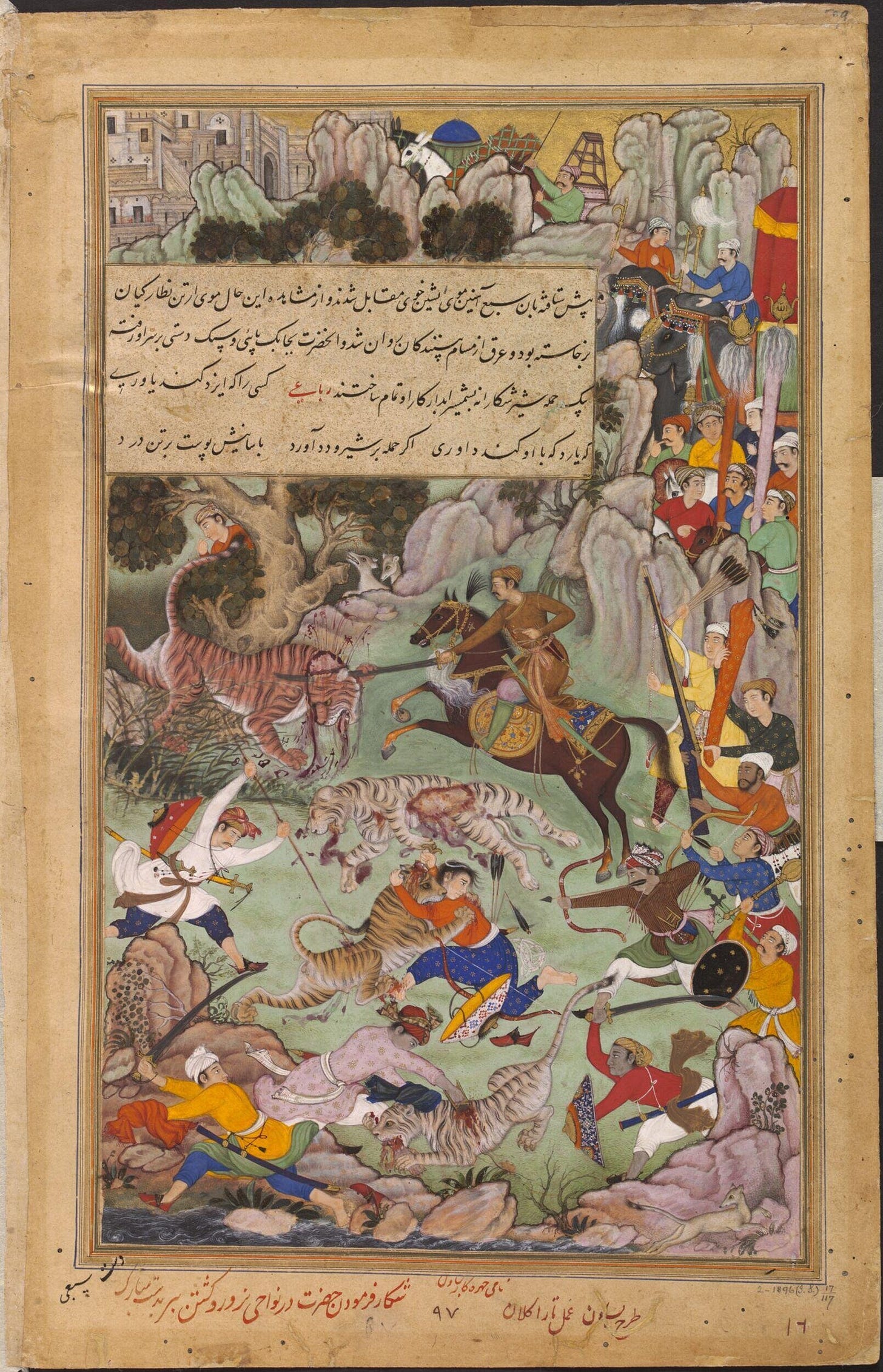
The fort remained under Mughal rule as long as they held power. It was second only to Gwalior in terms of strategic importance.
The Bourbon Connection
With the death of Aurangzeb in the Deccan, Indian polity underwent an upheaval. The Mughal emperor had become a mere puppet in the hands of court nobles, and kingmakers placed their bets on the Padishah as if playing a game of poker.
Invaders looted Delhi and its surroundings indiscriminately. When Nadir Shah invaded in 1739, a branch of the Bourbons—who had lived in Agra and Delhi since the time of Padishah Akbar—lost faith in the Mughal emperor. They migrated to Narwar and Shergarh (near Pichhore) and established their own rajadom. Narwar still houses some Bourbon graves and an 18th-century chapel.
Recently, Sotheby’s auctioned a 17th-century Mughal jade cup bearing the coat of arms of the Bourbon Narwar family.
Joseph Tiefenthaler, Jesuit priest and a brilliant geographer, who mapped the flow of Ganges basin and twenty-two provinces of India in his book, Descriptio Indiæ. He was the chaplain of the Bourbon Family in Narwar.
Tiefenthaler died in Lucknow and is buried in Agra’s Akbar’s Church, which was an important Jesuit Cathedral in the 18th century.
In 1778 CE, Francis II Bourbon of Narwar was killed in a battle. His family migrated from Narwar and settled in Gwalior for some time. Later, they were given refuge by the Nawab of Bhopal, where they were second only to the Nawab in terms of wealth.
Narwar soon fell into the hands of the Scindias in the 18th century. Many present structures, particularly in the eastern part of the fort, exhibit strong Maratha influences.
The 1857 Rebellion and Narwar’s Decline
During the First War of Independence in 1857, Narwar witnessed a significant event—the hanging of Tatya Tope, the commander of Nana Saheb’s forces. This occurred in April 1859 inside Narwar Fort.
After the turbulent rebellion, Narwar was largely forgotten. When Alexander Cunningham visited the fort, he found it in ruins. Some conservation efforts were made by the archaeology department in the 20th century.
A Forgotten Marvel
Today, the fort is difficult to reach and sees very few visitors. When I visited, it was just me, my friend, and our driver (whom I requested to accompany us).
The journey from Shivpuri to Narwar Fort takes around 70–90 minutes, with the final stretch being especially challenging. We traversed jungles and obscure roads, constantly checking our phone networks. Upon reaching the fort, I was strictly advised not to venture deeper due to leopards and jackals.
However, the effort was worth it. This fort is one of the most fascinating structures I have seen. I can't wait to visit again to find more answers!
For more images of Narwar, check out my Instagram!
https://www.instagram.com/shantanu0313/



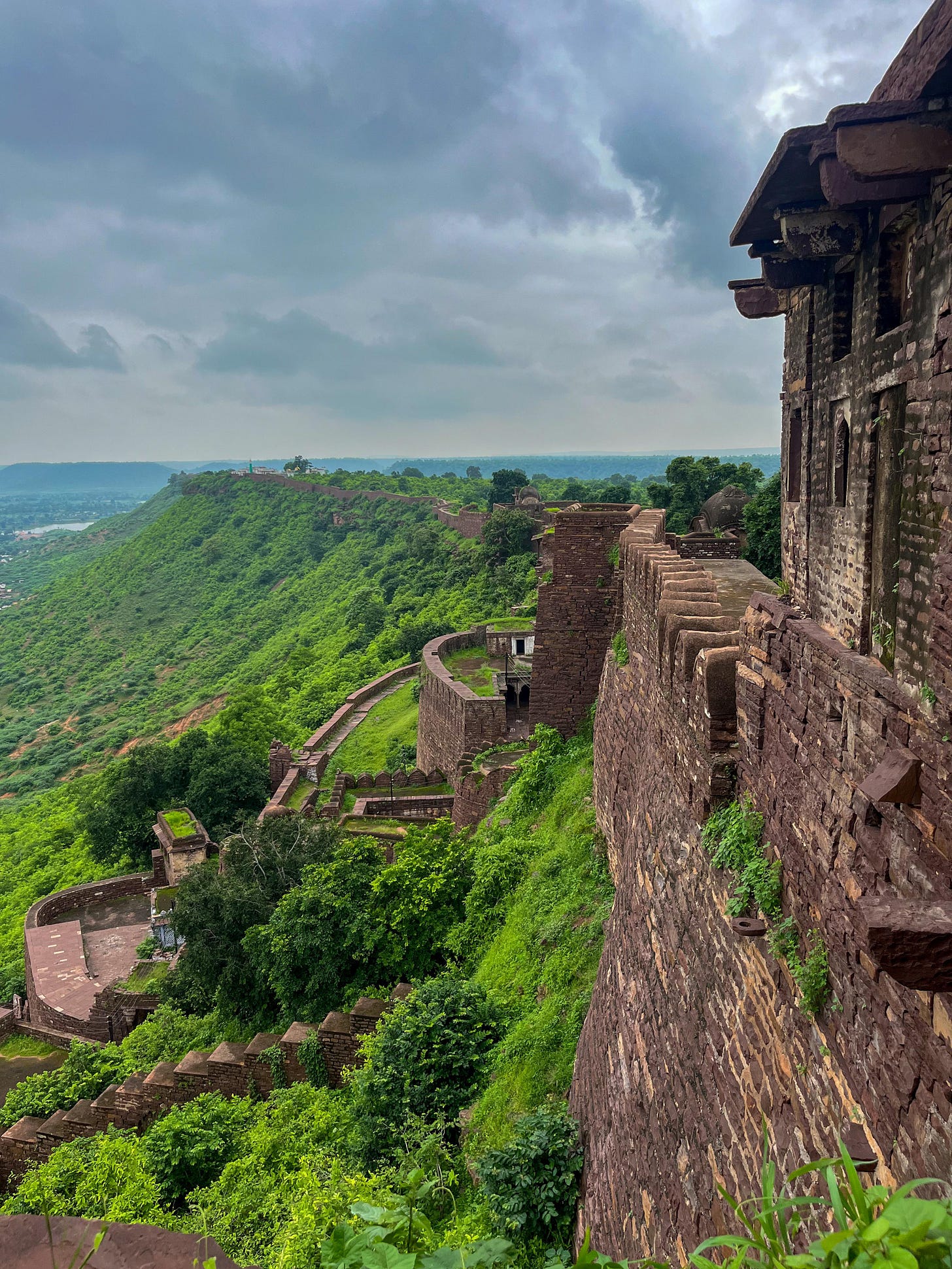
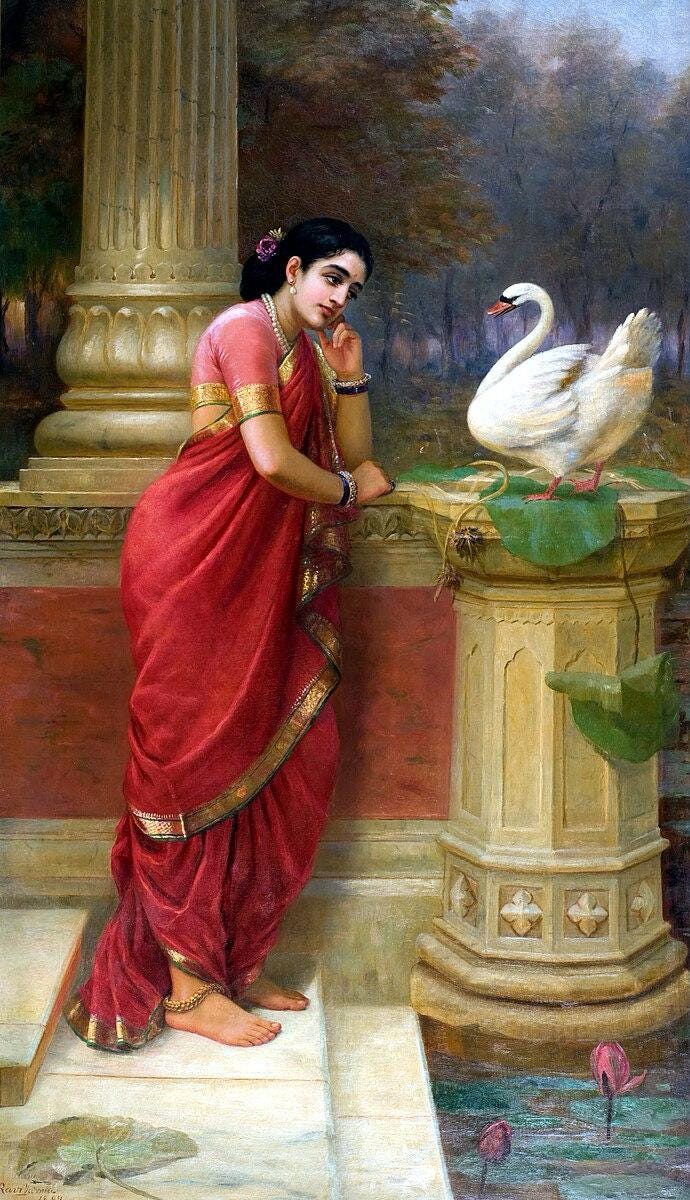
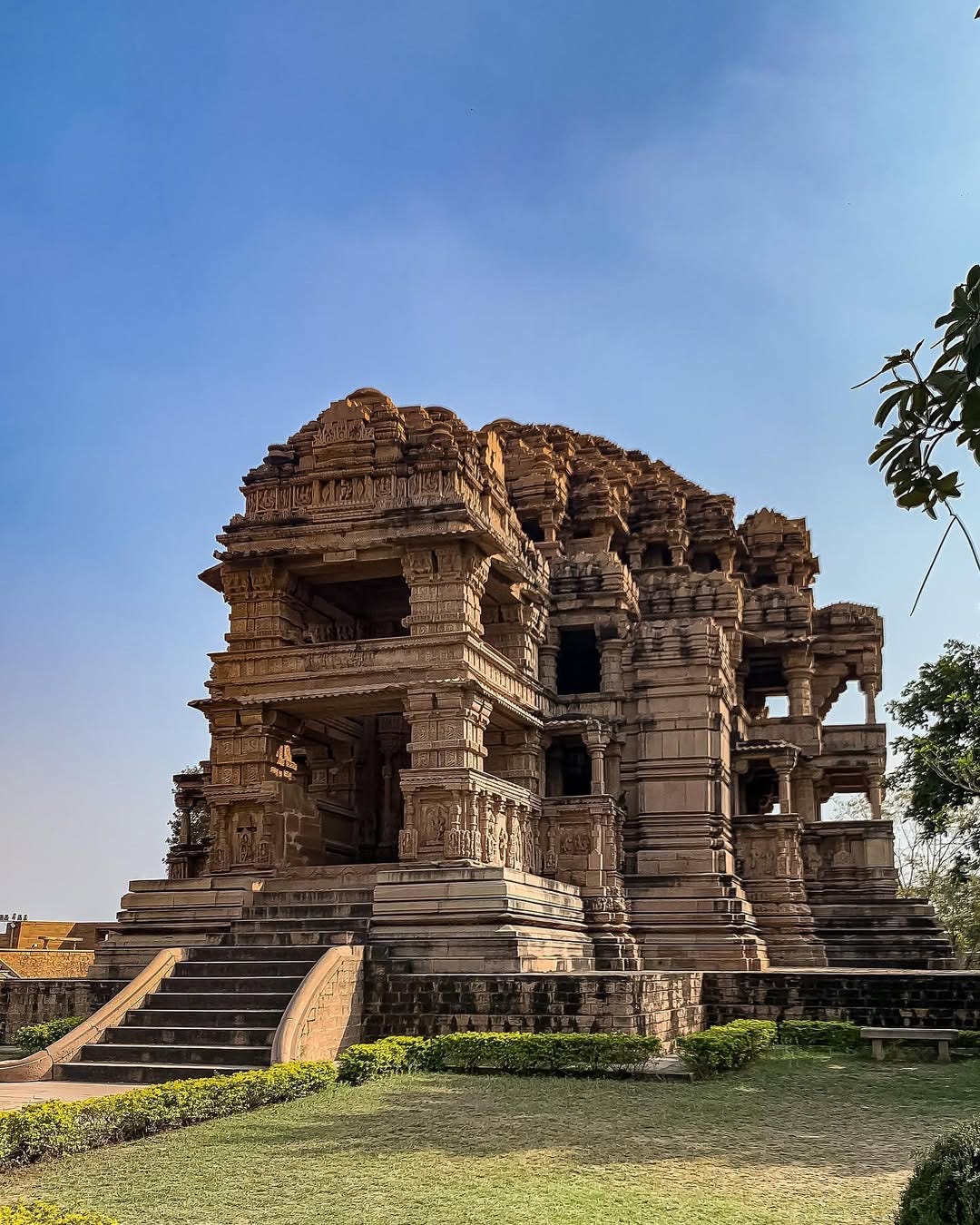

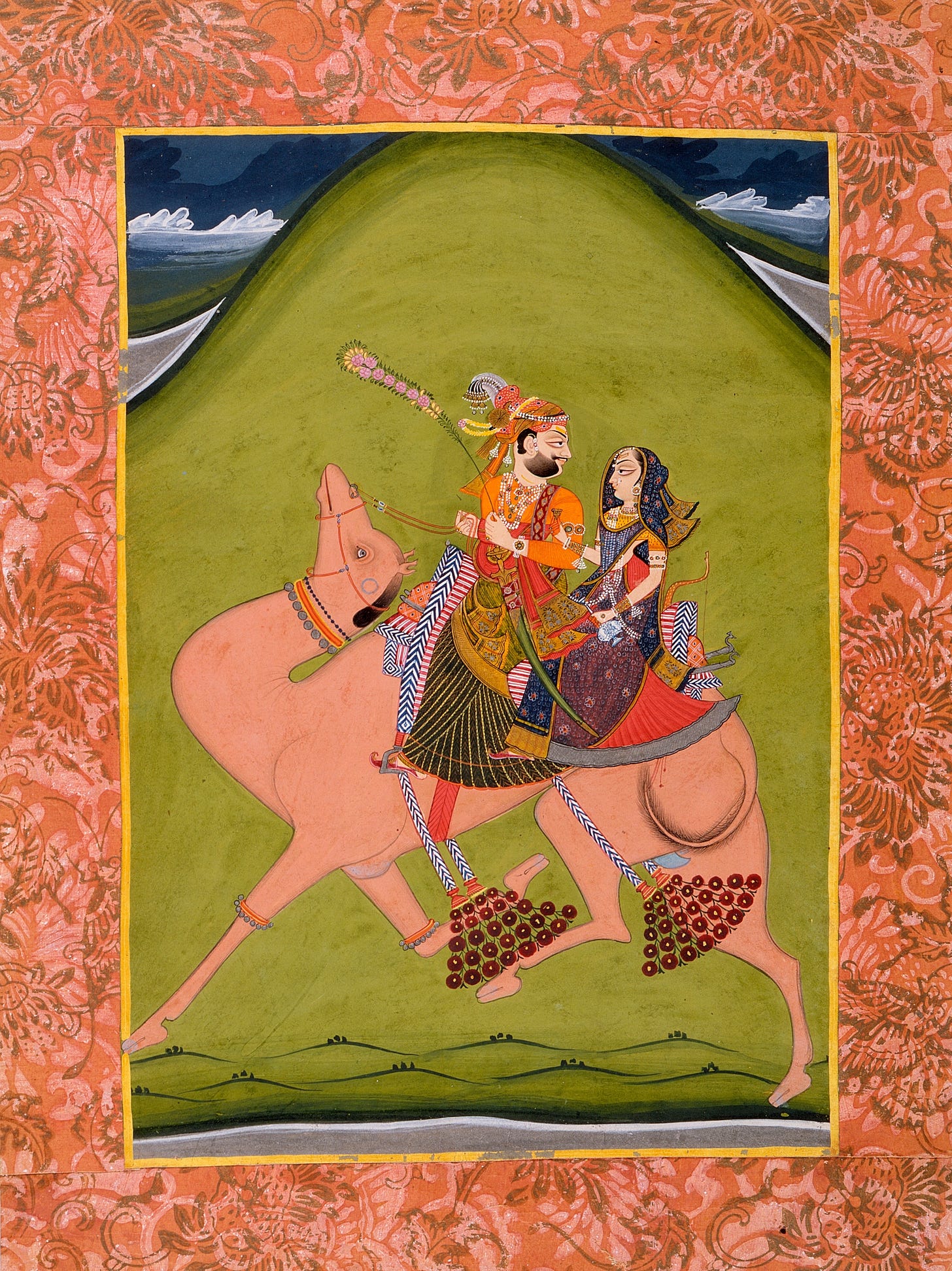


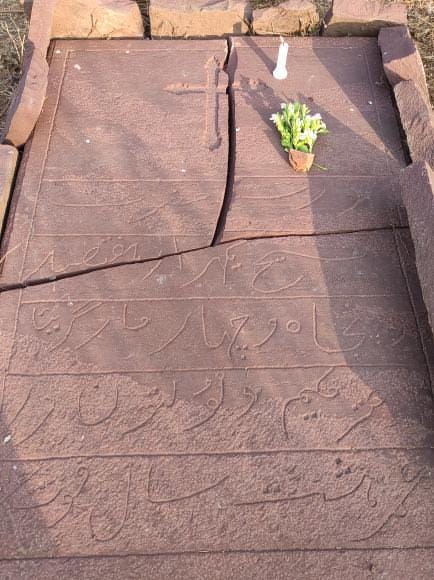
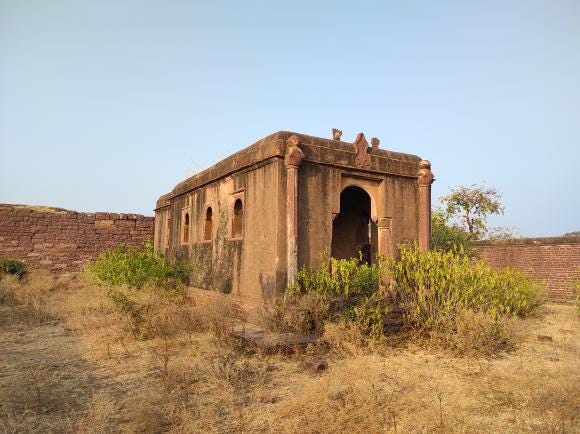
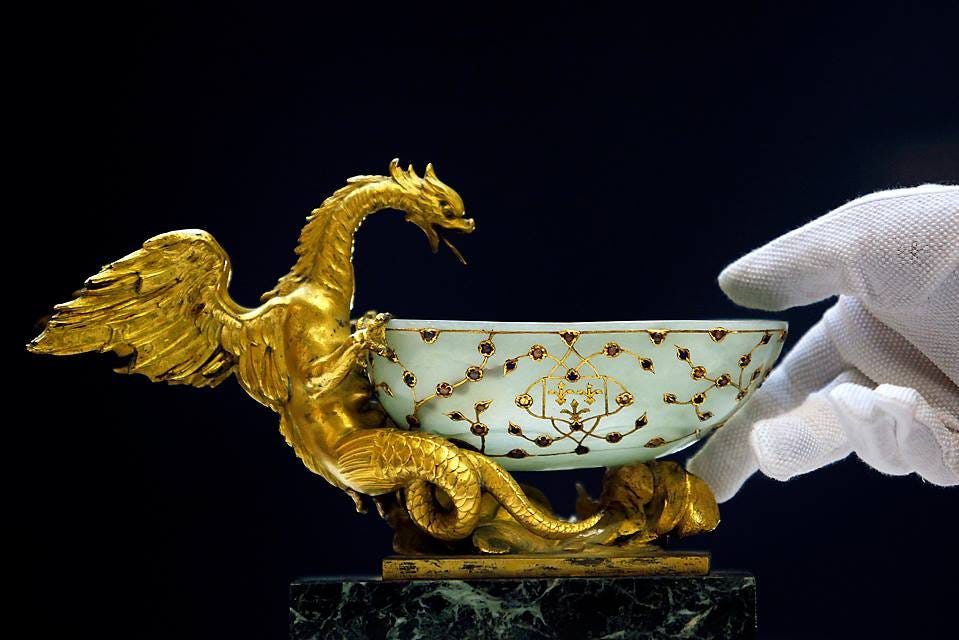
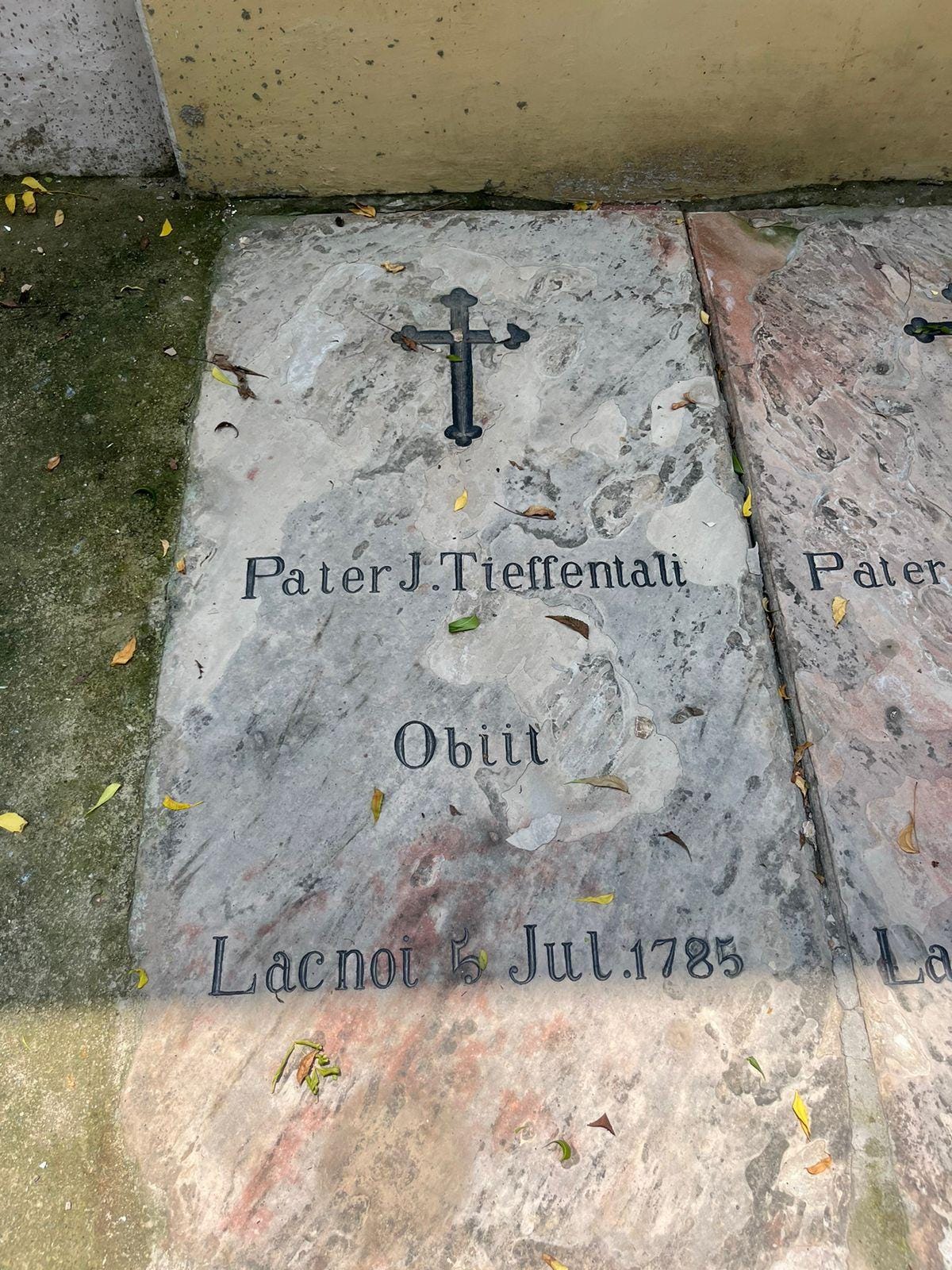

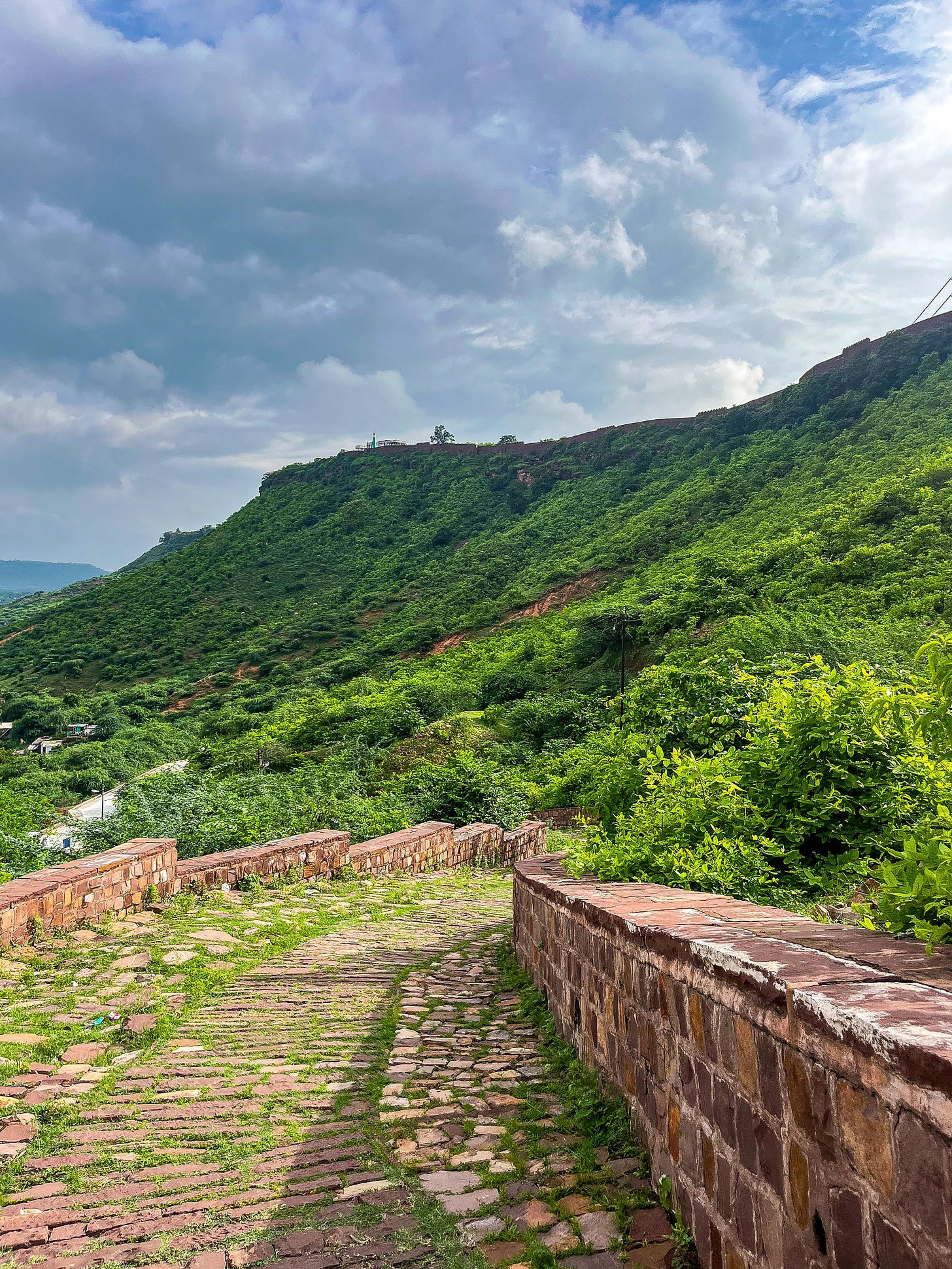
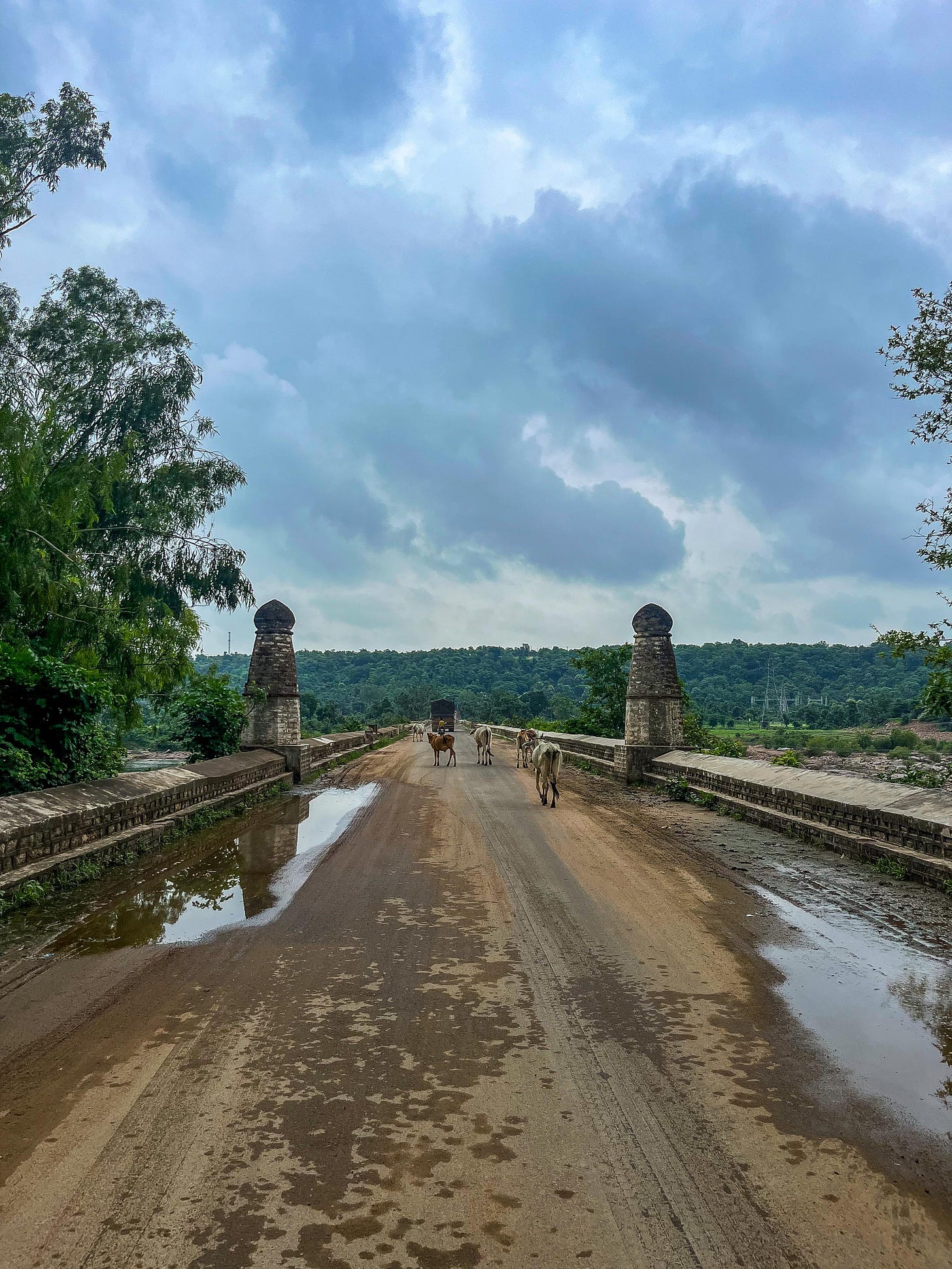
Thank you for sharing the story of this forgotten fort.
The jade cup!